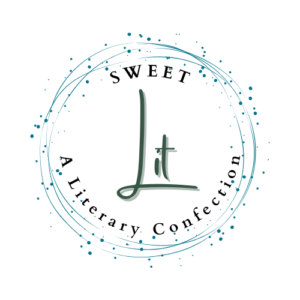Dear J. Drew Lanham,
I took ornithology with the CT state ornithologist Dr. Margaret Rubega. It was the first time I’d gathered with a group of people to give all our attention to the natural world together. Taking this time to listen and look at the skies or in the distance, felt like an act of giving. In your book, The Home Place – Memoirs of a Colored Man’s Love Affair with Nature, I’m reminded of that act of giving again and again. At Lake Jessup Conservation Area, with a flock of roseate spoonbills in flight, rose bellies aglow with sunlight, I’m fixated on love for humankind.
The Home Place is equal parts natural history of South Carolina Piedmont and of a black American family living in the rural South. By natural history, I mean the entire landscape—soil, water, bedrock, herbs, trees, mammals, birds, insects—is given careful consideration, constantly put into context with the people living in and around it. When it comes to family, we gain an equally intimate understanding of your own family history, from your journey tracing African slave ancestry to developing your own identity as an ornithologist and “an unusually colored fish out of water”. The reverence for your family is reflected in the descriptions of landscape, and the landscapes contain deep connections to self (memory, heart, grief, hope). Through your language family and land are fused into one legacy.
We’re treated to rich descriptions of life on The Home Place, a 200-acre inholding of forest service land in Edgefield County. We quickly come to understand that this piece of land provides refuge for nature and family alike, a black family living in a county that fosters biodiversity but not human diversity.
As a reader, I came to love the Home Place, where you were born in the 60’s but raised in the 1930’s. You lavish love on both the human and animal abodes within. There’s the Ramshackle, where you lived with Mamatha, the heart of the Home Place that is “mired in the past like an old plow mule in mud”. There’s the Ranch of your parents, the smokehouse and “potluck-landscape yard”, the cows that fed your family, body and soul. There are wild turkey and white-tailed deer, remnant stands of longleaf pine, hardwood forest, creeks, prairie, and refuge for rare plants and animals..
You know the life histories of species as well as you know the life histories of your family: Mamatha and Daddy Joe, your school teacher parents Mama and your “brown Paul Bunyon” Dad, and your three siblings. We’re treated to panoramic storytelling of each of their lives. Mamatha’s life story is juxtaposed with the history of flight and the world wars, and told in tandem with the extinction of birds like the passenger pigeon, Carolina parakeet, and the “Lord God” bird, the Ivory-billed woodpecker.
Before we’re introduced to Daddy Joe, we meet his gas mask from combat hanging in the smokehouse. We learn how the black men in your family have served abroad in wars, never permitted to fight alongside white men yet always exceeding expectations and excelling in achievement. They are war heroes who come home to “separate but unequal” with mental and physical wounds.
We see you as a boy, playing dead to draw the vultures near. We see you trying to fly by jumping from trees, roofs, and haystacks. We see you learn the difference between shooting a sparrow with a BB gun in childish curiosity and hunting a buck, keeping its jaw as a reminder of the life you’re made of.
In the chapter “Thinking”, an homage to Aldo Leopold’s “Thinking Like a Mountain”, we see clearly how your obsession for the land is born both from your childhood on the Home Place and your enslaved “ancestors’ sweat equity”. I think about fragmented families and fragmented landscapes, the way the fate of people is so often bound to the fate of land. How “thousands of people can’t afford a square foot of the soil that their ancestors paid for with their lives”. I think about how black Americans’ relationship to land here contains sweat and tears, slaves picking cotton, and how on The Home Place, your Daddy’s “hard labor was the breath that made its blood bright”. In “Life’s Spring”, a chapter largely dedicated to your Daddy and water on the Home Place, land and human life are so closely entwined. Your Daddy keeps water flowing in the taps and the aquifer of the Home Place is like a circulatory system for wilderness. When his heart stops beating, water on the Home Place comes to a standstill too.
By the end, your feelings for the Home Place became my feelings for this book, “all so beautiful that it hurts”.
Thank you for sharing the beauty of The Home Place with us.
Your fan,
Jessica Watson



